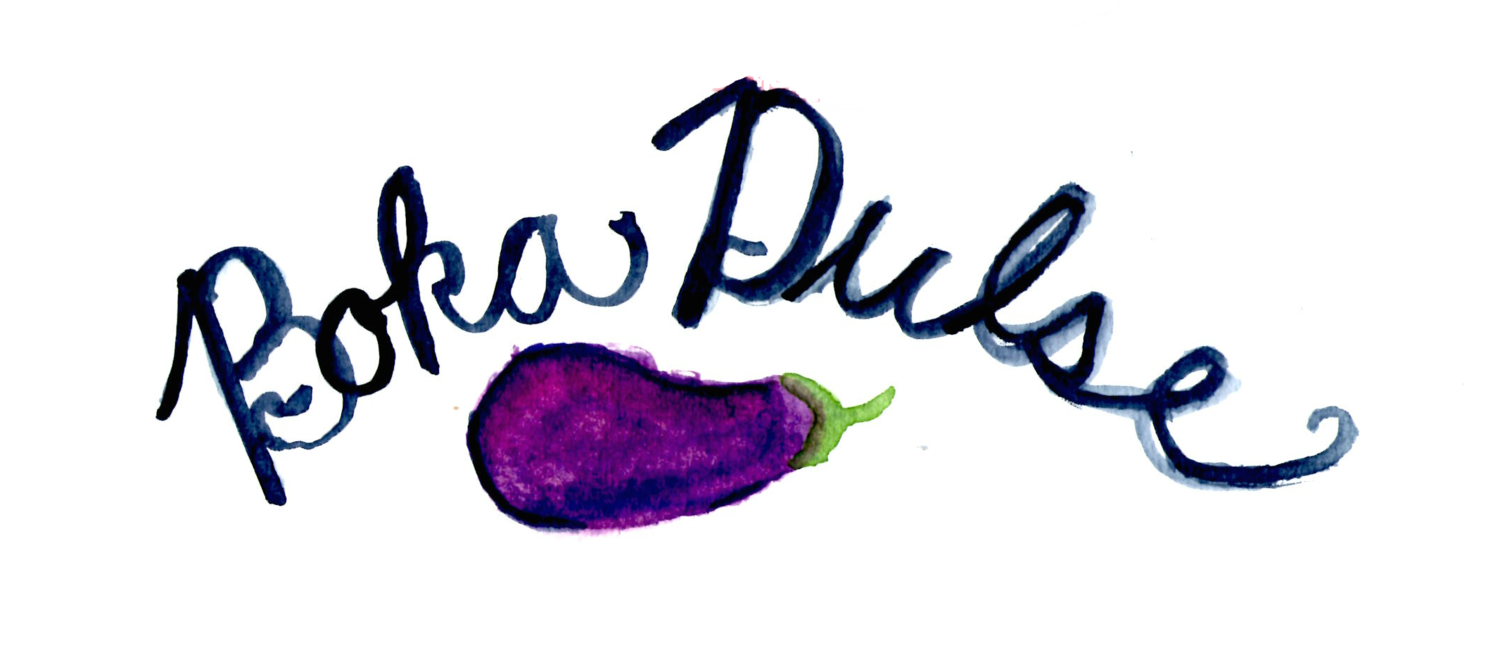My Teaching Philosophy
For me, the classroom is a community. Not only that, the classroom is perhaps one of the most important communities to which a student can belong. It offers a space to test out theories, put on new identities, try out points of view, and bring disparate perspectives into conversation through the lens of empathy.
From my time as an Associate Director of young adult programs in the Greater Boston Jewish Community to my current role as a graduate instructor of beginner-level college Spanish, the notion of community has been a guiding value in my teaching. I want my students to leave the classroom not only having understood and applied content, but also having engaged in worldviews not their own – whether that occurs through conversation with their classmates, engagement with course texts, or the questions sparked in class.
In the classroom, I work to elicit a robust discourse community through a dialogic approach. My emphasis on meaningful discussion and student participation combines my study of the sociocultural theory of pedagogy as well as my personal and professional backgrounds in Jewish education, each of which emphasize conversation as the essential building block of learning. This methodology not only seeks to aid students in their acquisition of course concepts and achievement of course objectives, particularly in the Spanish language classroom, but also encourages the creation of relationships among every member of the class. I believe that this collaborative methodology helps students to participate more enthusiastically in the learning process. I see myself as a facilitator of classroom conversation much more than a provider of knowledge; I work to empower my students to feel that they are active contributors to the discourses we study together and enthusiastic partners in language acquisition. In my ideal class, teaching and learning are shared responsibilities, in which my students and I both take equal part.
My teaching, deeply collaborative, is also rooted in a multiliteracies approach to texts. Through the use of real foreign language and historical-cultural artifacts – including written documents from articles to manuscripts, visual products from films to paintings, and, often, culinary texts – I seek to engender genuine student engagement with language and culture, inspiring them to think critically about the world around them. My question-forward textual methodology is also profoundly influenced by my Jewish values, which situate text-based inquiry at the center of learning for personal and communal betterment. Through this approach, I seek to encourage students’ critical interaction with course materials as well as put them into conversation with the greater discourses that affect our lives.
Ultimately, in my role as a teacher, I hope to be not only a facilitator of learning within the classroom context, but also a meaningful ally in my students’ lifelong educational journey.

